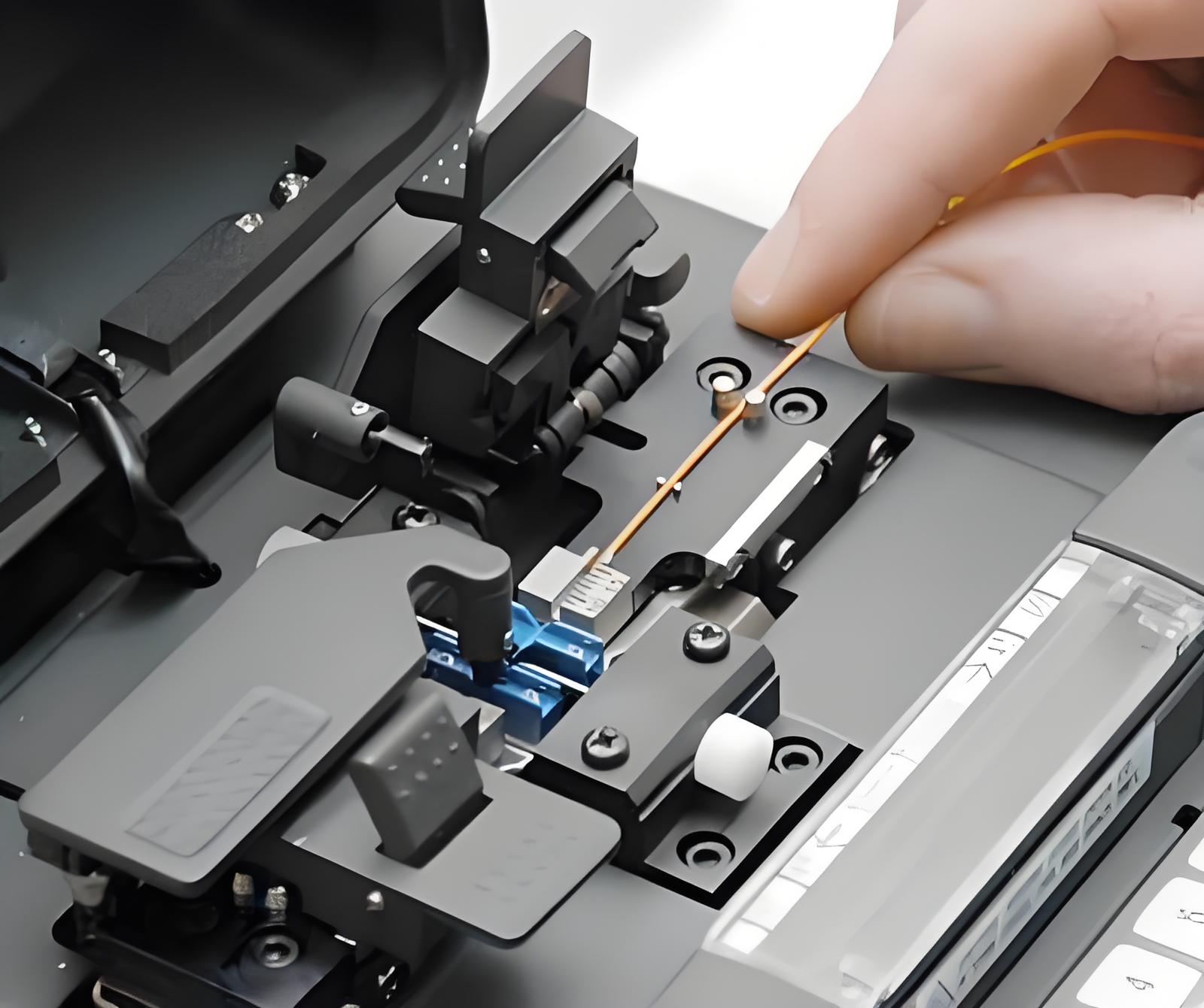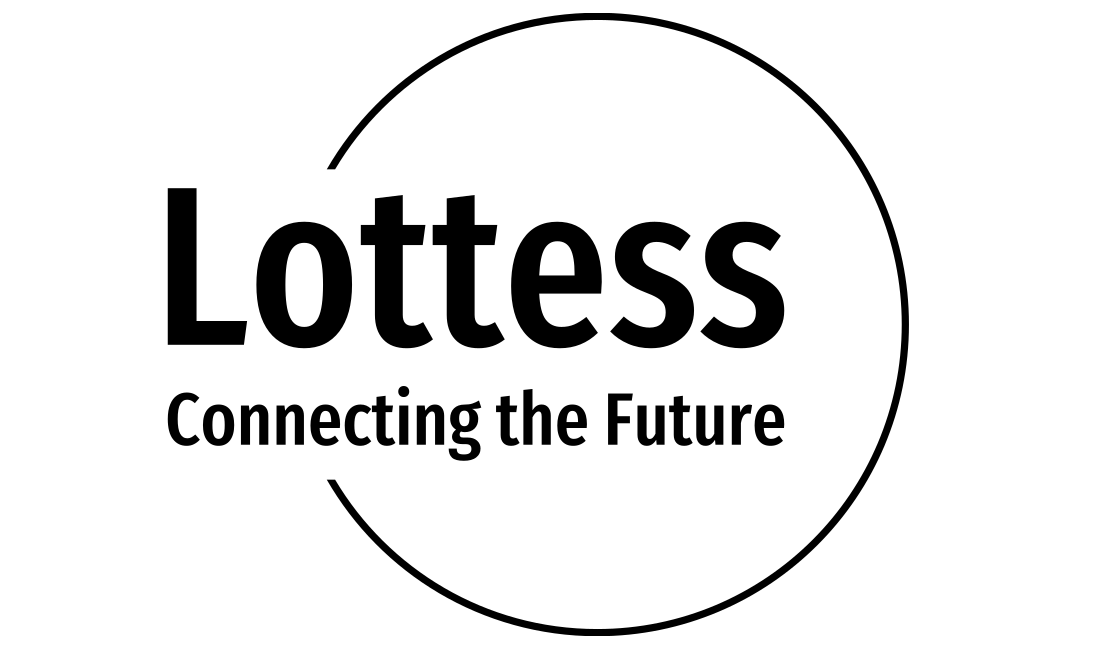
Within modern communication technologies, fiber optic cables are absolutely essential. Their lightning-fast data transmission capability over great distances has transformed information sharing and business connections and opened the path for advanced communication networks. But what happens when this technology needs to be connected or fixed? Can fiber optic cable be spliced? Let’s investigate the nuances of fiber optic splicing and enter the interesting field of fiber optic technology.
Structure of Fiber Optic Cable
Fiber optic technology is mostly based on the optical fiber cable, which consists of several key parts. The magic occurs in the Core—a thin strand of purified glass or plastic. Cladding, a lower refractive index material, surrounds this core and reflects light signals inward. Protective layers covering the coating preserve the delicate fibers from environmental elements and physical damage. These elements taken together guarantee effective fiber optic transmission, hence allowing little signal loss and high-speed data transfer.
Fiber optic splicing
Fiber optic splicing is the process of joining two optical fiber cables ttogether,and it can be catagorized into fusion splicing and mechanical splicing.
1.Fusion Splicing:
Fusion splicing involves the use of a fiber optic fusion splicer, which aligns the fibers precisely and then fuses them together by using an electric arc. For long-distance data transfer and high-speed data ttransmission,this approach is quite preferred because of low insertion loss and great optical performance.
2.Mechanical Splicing
Mechanical splicing, on the other hand, is a faster and simpler method. The fibers are held in exact alignment by fiber optic connectors, so producing a joint that passes light. Although it might not perform as fusion splicing, its speed and convenience make it suitable for urgent fiber optic repair and temporary fixes in fiber optic networks.
Distance Issues and Insertion Loss
As a major factor of fiber optic transmission, insertion loss is the signal power loss resulting from optical fiber splicing. Fusion splicing usually results in lower insertion loss compared with mechanical splicing; this makes it support long-distance data transfer more effectively. This is thus the recommended option for data center solutions and telecommunication cables where network reliability is of great relevance.
Important Variables influencing Fiber Loss
There are several optical loss factors that can influence the fiber optic cable’s performance. hese include:
1. Scattering and Absorption: As the light signals pass through the fiber, some of them disperse or are absorbed by these natural occurrences.
2. Bending Loss: Bending loss in a fiber optic cable can result in signal attenuation from too sharp bends.
3. Loss relating to connectors: Bad quality connectors and improper terminations might cause more optical loss.
From telecommunication cables to data center solutions, fiber optic splicing is absolutely vital in many different applications. It guarantees network expansion, network rreliability,and effective fiber optic repair. Seamless communication and advanced fiber optics applications in industrial environments depend on the fiber optic technology.
Industry Standards
Maintaining the optical performance and reliability of fiber optic networks depends on following industry standards for fiber optics. Individuals and businesses can reach this by following fiber optics installation guidelines and optical fiber specifications.
Changsha Lottess Technology provides fast delivery, professional services, and a wide range of product choices. Whether you need fiber optic cables, fiber optic connectors, fiber distribution frames (ODF), or specialized optical fiber maintenance products, their solutions meet your particular needs and guarantee excellent quality and performance.
In all, not only is fiber optic splicing feasible, it’s also a necessary operation guaranteeing the continued reliability and effeciency of our communication network systems. The capacity to splice fiber optic cables is absolutely essential for both maintaining and expanding our digital infrastructure. For more information on the advanced fiber optic products and services offered by Changsha Lottess Technology, we invite you to check their offerings and discover how they can support your fiber optic needs.
